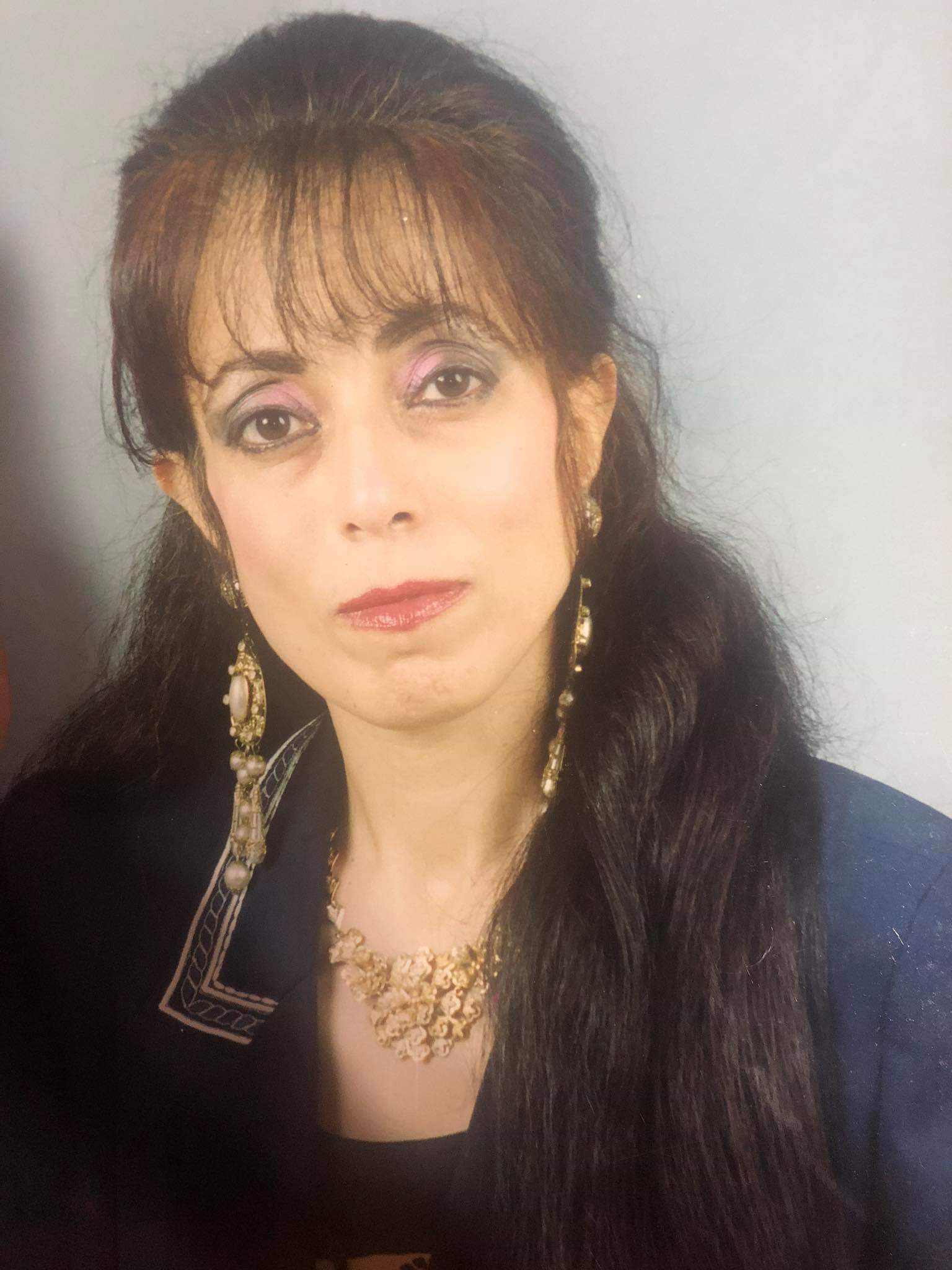As soon as the month of January comes upon us, the memories of the Arab Spring are revived, despite all the painful blows that followed as the collective conscience of the Arab people was confined. Nevertheless, the memories remain, and the revolution is part of our history.
The uprisings that spread in 2011 led to the fall of Hosni Mubarak in Egypt, Zine El Abidine Ben Ali in Tunisia, Muammar Gaddafi in Libya and Ali Abdullah Saleh in Yemen. Some others would have fallen but for outside intervention, such as the butcher of Syria, Bashar Al-Assad, who was close to being overthrown before the Russians saved him. He preferred Syria being occupied by Russia rather than following his predecessors out of Damascus.
Assad was not the only one who trembled; the kings and emirs in other Arab countries did too. They feared that their people would also want freedom, dignity and democracy and they would lose their thrones. They found a new ally in Israel, which also worried about the Arab Spring uprisings, especially in neighbouring Egypt and Syria. The counter-revolutionaries based themselves in the UAE, and turned spring into a bloody autumn, not least in Syria, Libya and Yemen. They wanted to intimidate anyone tempted to organise a demonstration or even think about demanding freedom, democracy and a decent life.
Saudi Arabia and the UAE stood against the will of the people and supported the tyrants, including Assad. The revolution in Syria is the greatest of all the Arab revolutions. It is unprecedented in that the country and people have made so many sacrifices while being menaced by regional and international states, each seeking a share of the spoils. The Syrians paid for this with their blood. Even the self-styled “friends of Syria” abandoned them.
READ: Tunisia’s half coup and the idea of a counter-revolution
The Syrian revolution started in Daraa in the south west, when a number of children wrote graffiti on their school walls, with slogans popularised in other countries, such as “Leave, Bashar” and “The people want to overthrow the regime”. The regime responded by arresting the children, none of whom was more than 13 years old. They were abused and tortured; fingers and genitals were cut off. Eleven years after being displaced from Daraa, these children were men defending Idlib, the only liberated part of Syria, and protecting it from the brutality of the regime and the Russian occupation.
When their families asked about the youngsters, they were insulted, humiliated and kicked out by security officials who told them to forget these children and have some more. Protests followed, with hundreds and then thousands of Daraa residents joining in. The brutal regime responded with live ammunition and killed dozens. The people grew angrier and the city of Daraa was besieged. The residents of local towns and villages protested in solidarity with Daraa.
Hundreds were arrested, including Hamza Al-Khatib, 13, whose body was handed back to his family with signs of torture; his neck was broken and his genitals had been cut off. Pictures were shared on social media and shocked millions of Syrians, so they too took to the streets in most of Syria’s cities. Hamza Al-Khatib became the icon of the Syrian revolution.

A protester, injured during the ‘Jasmine Revolution’ is carried aloft along Avenue Habib Bourguiba by demonstrators on January 22, 2011 in Tunis, Tunisia. [Christopher Furlong/Getty Images]
This changed the course of the peaceful protests, which became an armed revolution to protect the people. The Syrian authorities were responsible for this, leaving weapons lying around and releasing Islamists from prison so that Damascus could claim to be fighting a “war on terror” against armed terrorist groups. The regime thus turned the revolution into a civil war, in which it was supported by Lebanon’s Hezbollah militia and some of the Shia militias from Iraq and Afghanistan. When it could not bury the revolution, Iran’s Islamic Revolutionary Guard Corps appeared led by the criminal Qasem Soleimani. Entire villages were destroyed and thousands of Syrians were killed; thousands more were displaced, most of them Sunni Muslims. He turned it into a Sunni-Shia war, but was still unable to kill the revolution. The Assad regime would have fallen without Russia’s military intervention that shifted the balance of power with its aircraft and missiles that reminded us of its war in Chechnya and the scorched-earth policy that was also implemented in Syria. The criminal regime used chemical weapons and explosive barrels dropped on the heads of people and they died under the rubble of their homes.
READ: 18 days
With the entry of Russia, the balance tilted towards the regime, and the liberated cities began to fall, one after the other. After controlling just twenty per cent of the country, the regime now controls eighty per cent; only Idlib remains for the revolutionaries. They are pouring in from other cities after international interventions and the understanding between Russia and Turkey. Idlib is not yet rid of the crimes of Assad’s military and the ongoing attacks by Russian forces, despite agreements.
This is the story of the Syrian revolution in a nutshell, the story of the struggle of a great people who seek freedom and dignity and have sacrificed what is most precious to them only to be betrayed. However, the story has not ended. Revolutions, like wars, have battles and various rounds until matters are decided, the winner is declared, and the curtain falls. The revolutionary embers still glow in the heart of free Syrians waiting for their moment to come again.
That is what I am reminded of every January. The torch of freedom is still burning, and we should not forget it.
The views expressed in this article belong to the author and do not necessarily reflect the editorial policy of Middle East Monitor.

![An Egyptian holds his national flag as he shouts slogans against President Hosni Mubarak at Cairo's Tahrir Square on 10 February 2011 [PEDRO UGARTE/AFP/Getty Images]](https://i0.wp.com/www.middleeastmonitor.com/wp-content/uploads/2020/12/GettyImages-153184150.jpg?fit=920%2C613&ssl=1)







